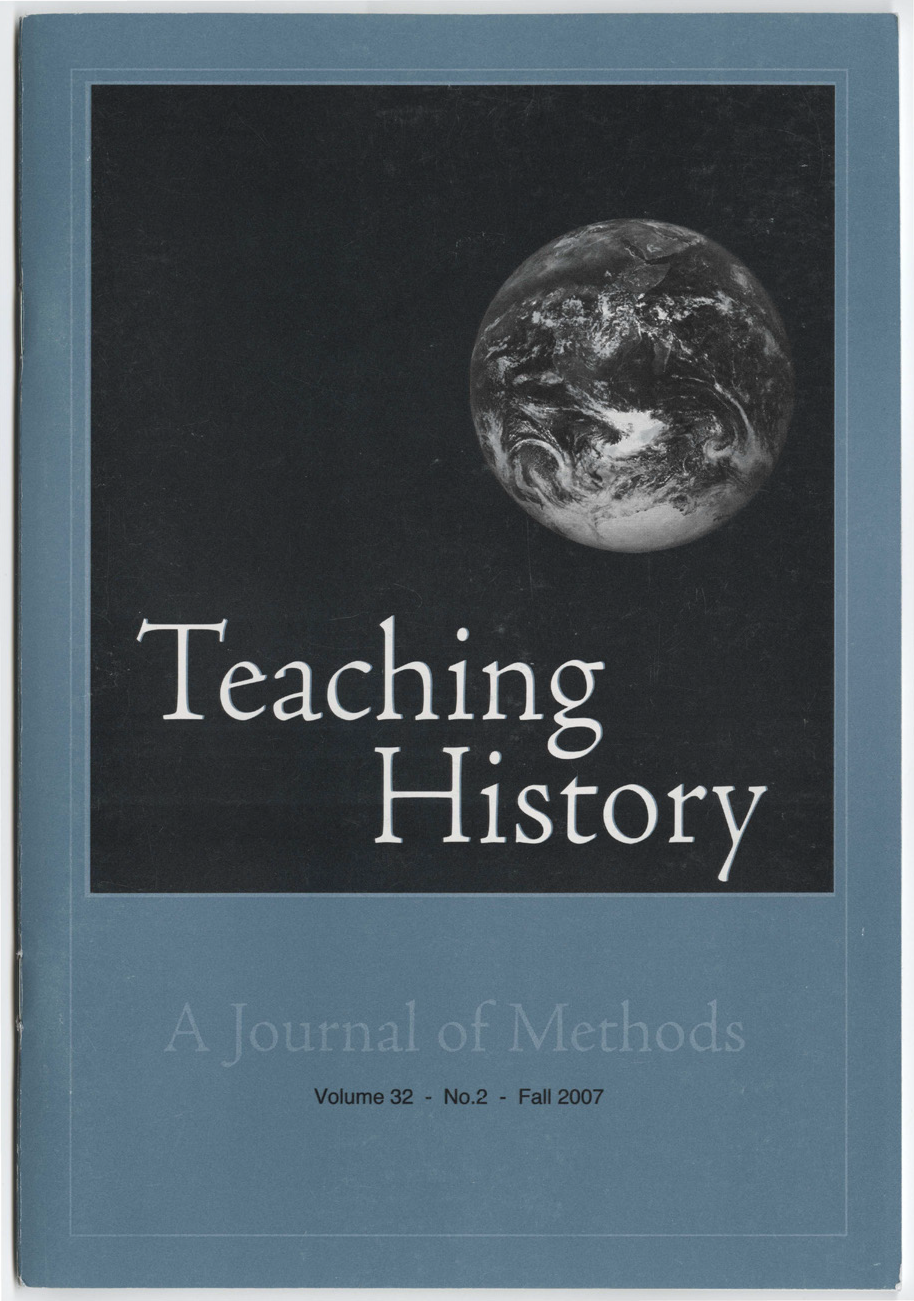Teaching The Black Death With Systems Thinking
DOI:
https://doi.org/10.33043/TH.32.2.59-69Abstract
Winston Churchill suggested that "history unfolds itself by strange and unpredictable paths,"1 but however that might be, too many students of history tend to view the unfolding as a disconnected series of events, or perhaps worse as a mere collection of facts. Over the past several years I have introduced a different method of teaching history concepts in a variety of course settings, as well as in presentations to groups. This method involves systems thinking or understanding how events are related to and influence each other and combine in series and feedback loops to create very complex patterns. I propose that it is the identification and understanding of these patterns that make history useful in understanding the past, dealing with the present, and planning for the future. In this paper I describe how system mapping can be used to clarify the events of the Black Death in Europe and I provide some sample "maps." (The four figures in the essay are examples from students maps.)
Downloads
Downloads
Published
How to Cite
Issue
Section
License
Copyright (c) 2007 David Swenson

This work is licensed under a Creative Commons Attribution-NonCommercial-NoDerivatives 4.0 International License.
By submitting to Teaching History, the author(s) agree to the terms of the Author Agreement. All authors retain copyrights associated with their article or review contributions. Beginning in 2019, all authors agree to make such contributions available under a Creative Commons Attribution-NonCommercial-NoDerivatives 4.0 International license upon publication.



